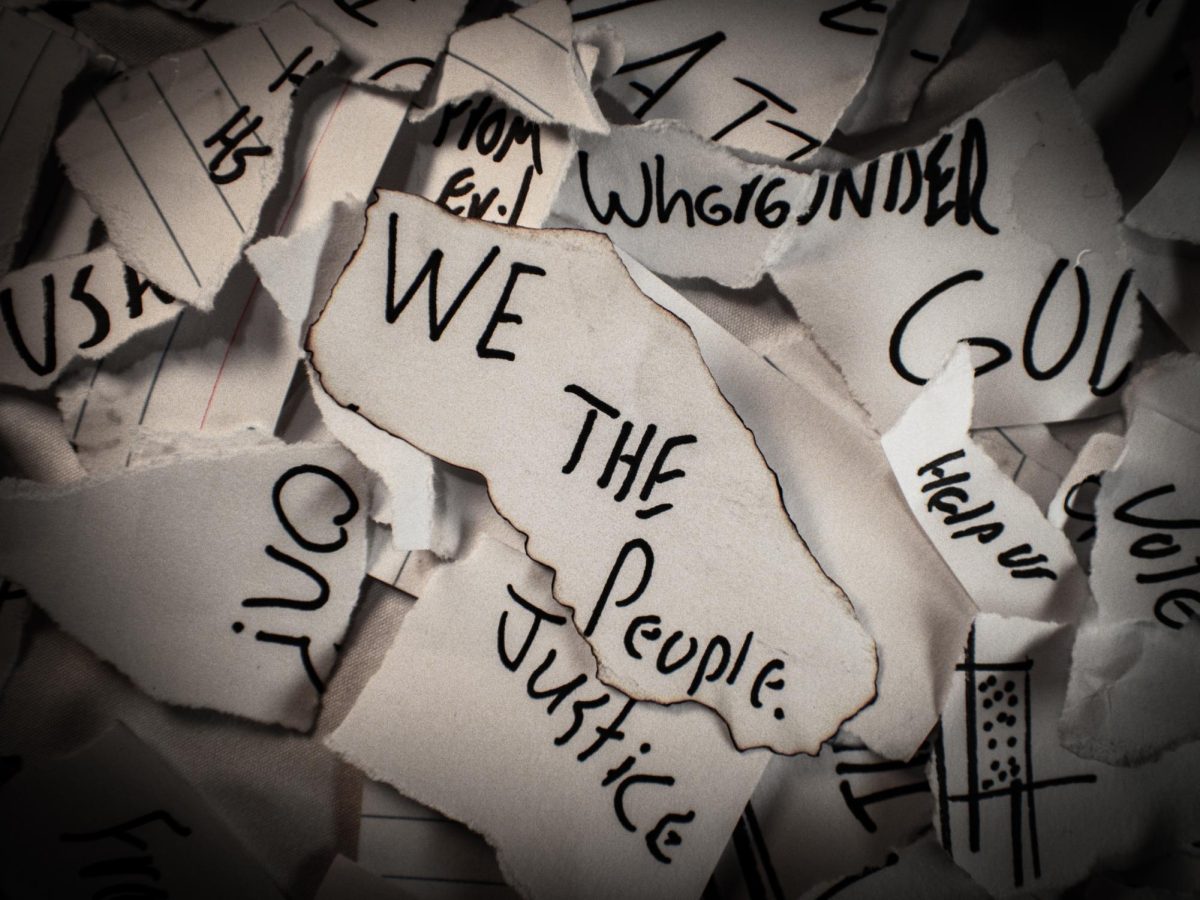For over a year, my Samsung Galaxy J3 2016 has been my 5-inch window into the world. That budget smartphone satisfied everything from playing cat videos to filing tax returns. Now here I am looking at the shattered mess in my hand.
I tap the power key and the screen flashes random colors in some places—then nothing. I know enough that the backlight is likely cracked. My bank account tells me repair is out of the question.
Even as I slip the brick into my pocket, my thoughts rarely venture past which new phone I can afford. Eventually I find myself asking the question familiar to us all: What happens to this one? As it turns out, what to do with an old phone is much more problematic than getting a new one.
Maybe the easiest solution is for me to toss it in the trash. One toss and the problem is gone for good, destined to line the boundaries of future landfills-turned-parks for the next couple centuries.
This seems to be the norm, considering that according to the EPA, when it comes to electronic waste in general, only just over 41 percent makes it to certified e-waste recycling facilities. Not all the remaining 59 percent end up in a trash bag, but what lies behind the broken screens causes problems regardless.
An iPhone X and a Samsung Galaxy S9 may not seem to have a lot in common, but once these phones end up in waste-dumping facilities, they release the same kinds of toxic waste that find their way into groundwater, two infamous examples being lead and mercury.
If I throw my phone in the trash I am opening myself up for health problems ranging from reproductive damage to kidney failure. So, if trashing my phone is a terrible idea, what do I do with it?
Sadly, responsibly getting rid of my bricked phone is not as easy as handing it over to the nearest e-waste recycling center or handing it back to my manufacturer. Many “recycling” facilities and buy-back programs only accept phones for resale. They fix the hardware and sell the device at a discount.
My phone would likely be at a high repair cost, being the screen and the display are broken. For a phone like mine they will do one of two things: they will send my phone with thousands of other defunct electronic devices to a smelter where rare metals will be extracted at the cost of releasing toxic fumes, or they will hand them over to an e-Steward® or R2-certified e-waste recycler, who will fully shred the device and sell the components for reuse without causing real environmental or human harm.
The EPA has a map of all certified e-waste recyclers across the US on their website. The nearest certified facility to campus that accepts cellphones is in Hughesville, called KVS Computers.
Phones do not last forever. Sooner or later we are all faced with this choice. What I decide to do will affect more than just my own time and space. I can embrace convenience: sacrifice my smartphone to the waste bin and poison myself and others. I can embrace ignorance: relinquish my device to phone service buy-back programs and pass the bill overseas. Or I can embrace responsibility. I can take the time to research who I am handing my phone over to. I can demand that my phone manufacturer implement processes to properly handle waste from the products it produces. What are you going to do the next time you are faced with this choice?
















